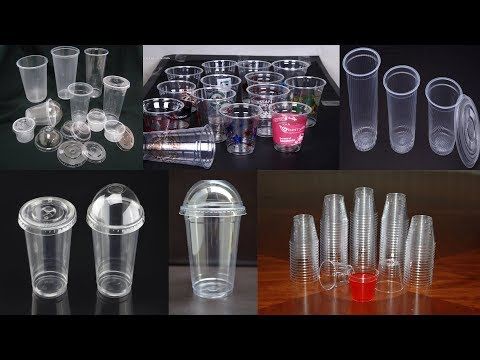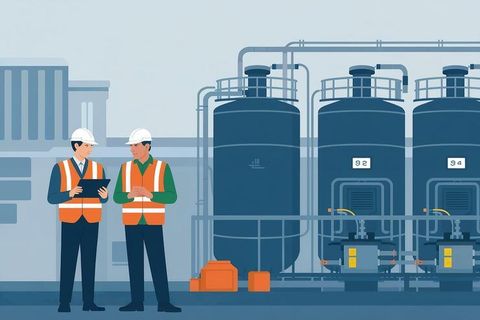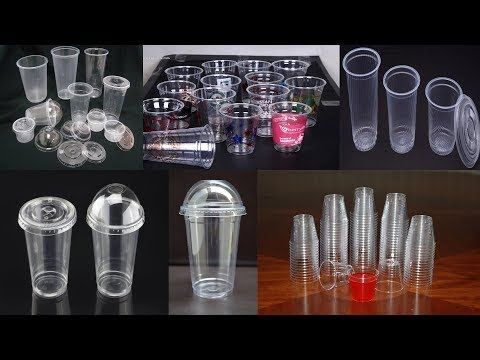Explore Fiberglass Manufacturing: Guide, Insights, and Key Facts Explained
Fiberglass manufacturing is the process of creating strong, lightweight, and durable materials made from fine glass fibers. These fibers are bound together to form various products such as insulation, panels, pipes, tanks, and automotive components. The production process involves melting silica sand and other raw materials at high temperatures, then extruding or drawing them into thin glass strands.
The fiberglass industry exists because it provides materials with a unique combination of strength, flexibility, and resistance to corrosion and heat qualities that traditional materials like steel or plastic cannot fully match. Fiberglass is widely used in construction, marine, aerospace, wind energy, and automotive sectors. Its versatility and environmental durability have made it an essential part of modern infrastructure and manufacturing systems.
Why Fiberglass Manufacturing Matters Today
Fiberglass manufacturing is vital for both industrial and consumer applications. It has become increasingly relevant due to its role in supporting sustainability and energy efficiency goals.
Key reasons why fiberglass manufacturing matters today include:
-
Energy Efficiency: Fiberglass insulation reduces energy consumption in homes and industrial buildings.
-
Durability: It offers high resistance to rust, chemicals, and extreme temperatures, increasing the lifespan of products.
-
Lightweight Advantage: Reduces transportation weight, lowering fuel usage in automotive and aerospace sectors.
-
Renewable Energy Support: Essential for wind turbine blades and solar energy components.
Industries such as construction, automotive, and renewable energy rely heavily on fiberglass materials for innovation and performance improvements. For instance, fiberglass insulation contributes significantly to green building certifications like LEED, helping companies meet environmental standards.
Challenges in the Industry:
While fiberglass production is resource-efficient, it involves energy-intensive melting processes and requires careful waste management. Recycling and sustainable sourcing of raw materials are growing concerns, leading to new eco-friendly innovations in production technology.
Recent Updates and Industry Trends
Over the past year, the fiberglass industry has experienced notable changes driven by technology, sustainability goals, and global market dynamics.
Key Updates (2024–2025):
-
Shift Toward Eco-Friendly Resins: Manufacturers are increasingly using bio-based or recycled resins to reduce carbon footprints.
-
Automation and AI in Production: Automated fiber drawing and quality control systems are improving efficiency and reducing defects.
-
Rising Demand in Wind Energy: As of 2025, global demand for fiberglass in wind turbine manufacturing has increased by over 15%, according to market studies.
-
Lightweight Composites Growth: Automotive manufacturers are adopting fiberglass composites to improve fuel efficiency and meet emissions regulations.
-
Digital Monitoring Tools: Real-time process tracking using IoT sensors is becoming standard in large-scale fiberglass plants.
Global Market Overview:
| Region | Major Applications | 2025 Growth Trend |
|---|---|---|
| North America | Construction, Automotive | Expanding use in insulation materials |
| Europe | Renewable Energy | Growth in wind and solar applications |
| Asia-Pacific | Industrial Manufacturing | Strong demand from construction and consumer goods |
| Middle East & Africa | Infrastructure Projects | Increased use in pipes and tanks for energy sector |
Regulatory and Policy Landscape
Government regulations and environmental policies have a strong impact on fiberglass manufacturing. These policies encourage sustainability, waste reduction, and workplace safety.
Key Policies Influencing Fiberglass Manufacturing:
-
Environmental Standards: Many countries follow guidelines from the U.S. Environmental Protection Agency (EPA) or the European Chemicals Agency (ECHA) for managing emissions from glass fiber plants.
-
Energy Efficiency Programs: Regulations in the U.S., India, and the EU promote the use of fiberglass insulation in buildings to achieve energy efficiency targets.
-
Occupational Safety: Safety rules from organizations such as OSHA (Occupational Safety and Health Administration) require proper handling of fiberglass fibers to prevent respiratory and skin irritation.
-
Recycling and Sustainability Regulations: Some regions now mandate the collection and recycling of composite waste, encouraging circular economy practices.
-
Import and Export Rules: International trade regulations affect the supply chain for raw materials such as silica sand, resins, and binding agents.
These laws ensure that fiberglass manufacturing not only meets industrial needs but also aligns with environmental and worker protection standards.
Tools and Resources for Fiberglass Manufacturing
Professionals, researchers, and students exploring fiberglass manufacturing can benefit from a range of tools, digital resources, and industry databases.
Useful Tools and Platforms:
-
MatWeb (Material Property Database): Offers detailed technical data on fiberglass types and compositions.
-
CompositesWorld: Provides updates, case studies, and research articles on composites and fiberglass trends.
-
Glass Fiber Design Calculator: Online calculators to estimate fiber strength, density, and structural load capacity.
-
NIOSH Fiberglass Safety Resources: Guides on safe handling and ventilation standards for manufacturing environments.
-
Engineering ToolBox: Provides data on fiberglass thermal conductivity, mechanical properties, and conversion charts.
Educational Resources:
-
Coursera & edX Courses: Offer online learning programs on material science and composite manufacturing.
-
ASTM Standards Database: Lists technical specifications for fiberglass materials used in different applications.
-
Industry Reports (MarketsandMarkets, Grand View Research): Provide market analysis, trends, and forecasts through 2030.
These tools help professionals stay informed about new manufacturing techniques, design optimization, and compliance with international standards.
Frequently Asked Questions (FAQs)
1. What is fiberglass made of?
Fiberglass is composed of silica sand, limestone, soda ash, and other minerals melted together and extruded into fine glass filaments, which are then woven or molded into various products.
2. How is fiberglass different from carbon fiber?
Fiberglass is less expensive and more flexible, while carbon fiber is lighter and stronger but significantly more costly. Both are used in composite manufacturing, depending on application requirements.
3. Is fiberglass environmentally friendly?
Fiberglass can be sustainable when manufactured using recycled glass and low-emission furnaces. Additionally, its long lifespan and insulation benefits contribute to energy efficiency.
4. What industries use fiberglass most?
Fiberglass is widely used in construction, automotive, wind energy, aerospace, and consumer goods industries due to its strength-to-weight ratio and corrosion resistance.
5. Can fiberglass be recycled?
Recycling fiberglass is challenging but increasingly possible through mechanical grinding or repurposing methods that turn waste fiberglass into filler materials for cement and composites.
Conclusion
Fiberglass manufacturing remains one of the most important industrial processes supporting global infrastructure, sustainability, and energy efficiency goals. Its lightweight and durable nature make it an ideal choice for industries aiming to reduce environmental impact and improve performance.
With innovations in AI-driven production, eco-friendly resins, and recycling technology, the fiberglass industry continues to evolve toward greener and smarter manufacturing systems. Understanding its science, trends, and regulations helps professionals and learners alike appreciate how fiberglass contributes to the modern world’s durable, sustainable designs.





